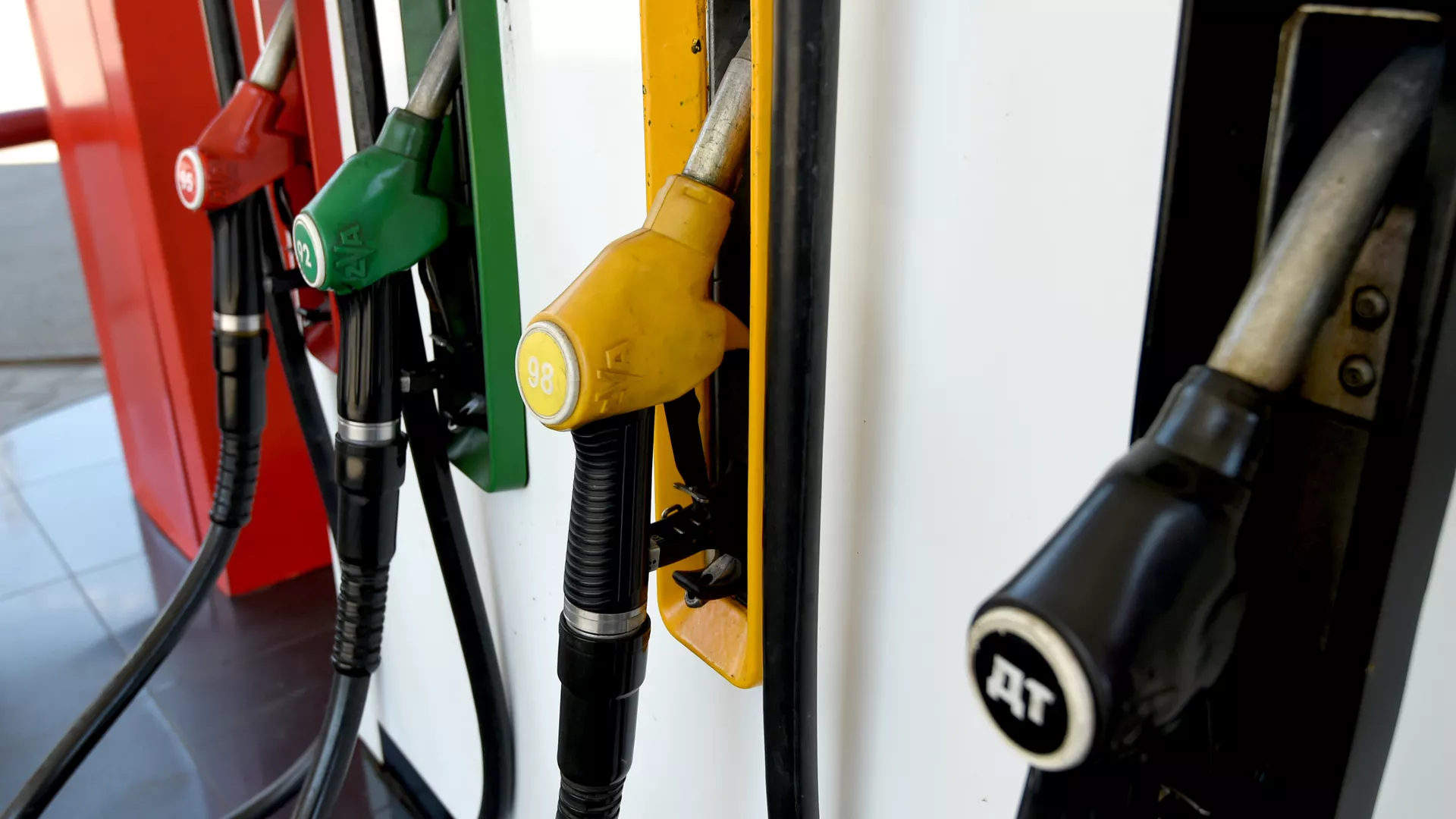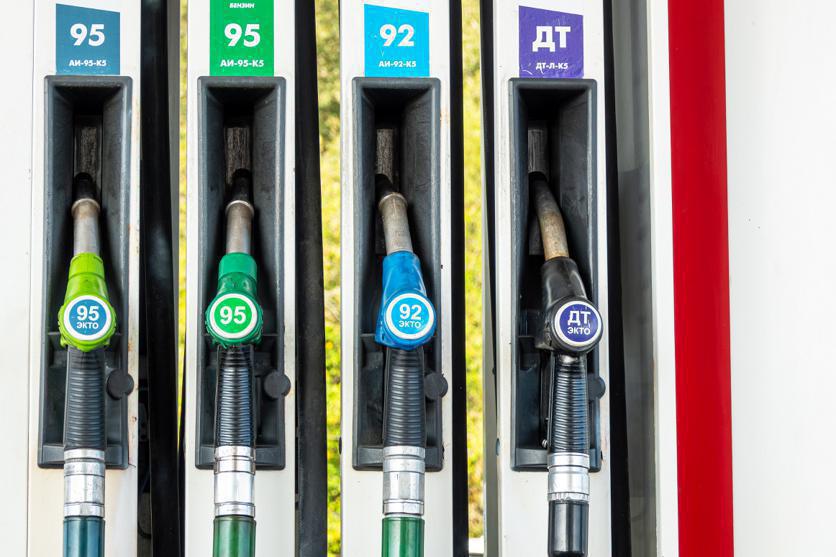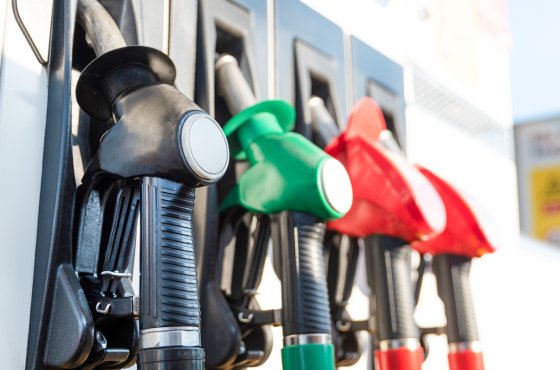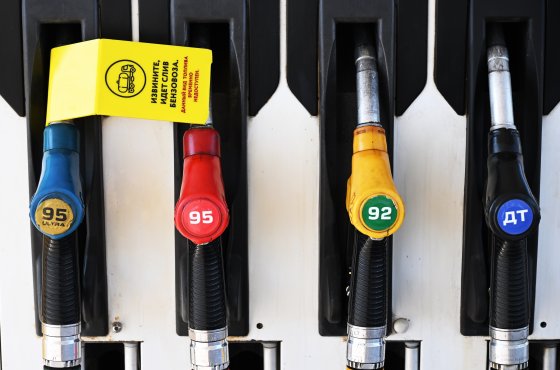Over the past three weeks, since the end of August, the stock prices of diesel fuel (DF) have increased by 10,000 roubles (17.6%), reaching 69,595 roubles per tonne. We are now quite close to the historical maximum observed during the crisis autumn of 2023, when DF prices peaked at 73,758 roubles per tonne. In the retail market, diesel has seen a rapid price increase since the end of summer, gaining 0.7% over four weeks, although this rise (2.6%) lags behind consumer inflation of 4.08%.
Amid the ongoing challenges with petrol, which has already outpaced inflation at petrol stations since July and periodically sets historical records in the markets, diesel has been receiving less attention. However, autumn traditionally marks a decline in petrol demand and an increase in diesel consumption due to agricultural activities. Furthermore, starting in October, there will be a gradual transition to winter grades of diesel fuel, which are more expensive than summer grades, further impacting prices.
Encouraging news is that while petrol production in Russia only slightly exceeds domestic consumption (before the export ban, 10-15% of output was exported), diesel production is twice as much as what is consumed. Therefore, even accounting for unscheduled shutdowns of oil refineries (ORPs) for repairs, a shortage of diesel fuel seems unlikely.
The increase in retail prices for diesel, which has reached 0.2% for the second consecutive week, generally aligns with the heightened price expectations that arise in autumn when transitioning from summer to transitional and winter diesel fuels. Significant disruptions in the diesel market are not anticipated, given the substantial excess production capacity that comfortably meets domestic market demands, according to Kirill Rodionov, author of the Telegram channel "High Voltage".
Nevertheless, this does not imply that diesel will not continue to rise in price. In fact, according to Sergey Frolov, managing partner of NEFT Research, the seasonal increase in diesel prices has yet to commence, as even the northern regions of the country have not begun the transition to winter grades of diesel fuel. The expert also highlights that thanks to the twofold surplus in diesel production capacity, any further price increases can be mitigated by reducing exports to boost domestic market supplies.
In Russia, diesel fuel production is twice as much as domestic consumption. However, for fuel producers, exports are currently more profitable. Russian legislation does not enshrine the prioritisation of domestic fuel supplies over exports. There are three potential ways to compel producers to supply diesel within Russia rather than export it: negotiating with oil companies, increasing mandatory sales quotas on the stock market, or imposing an export ban. The first approach seems to have run its course, as discussions with oil companies occur frequently yet prices continue to rise. The current fuel sale quotas on the exchange are set at 15% for petrol and 16% for diesel. It has been reported that the Federal Antimonopoly Service is considering raising the petrol quota to 17%, but there has been no discussion regarding diesel. Moreover, it is unlikely that an increase of 1-2% in quotas would significantly impact stock prices. The only remaining option is an export ban. However, exports constitute a primary source of revenue for diesel producers. A ban would necessitate the implementation of a damping mechanism (compensation from the budget to oil companies for supplying fuel to the domestic market at prices lower than export prices).
According to Dmitriy Gusev, Deputy Chair of the Supervisory Board of the "Reliable Partner" association and a member of the expert council for the "Russian Petrol Stations" competition, a ban on diesel exports is fundamentally impossible as long as production significantly exceeds domestic consumption. Such a move would result in the cessation of a substantial part of refining capacities, as there would be no market for the excess supply. Frolov, however, holds a different view, suggesting that a ban could be feasible should relevant authorities recognise that the situation is spiralling out of control, but it should only be considered a last resort.
The key question remains: what will happen to prices at petrol stations? Both Frolov and Gusev express confidence that retail prices for diesel will catch up with inflation, partly due to the considerable discounts offered by vendors over the summer. Now, in both the retail and B2B segments, these discounts are decreasing or being entirely eliminated, notes Gusev. This suggests a decline in diesel profit margins. The market situation has deteriorated, and producers and sellers understand that if they do not adjust to current inflation rates this year, they will be unable to do so in the following year, as attention will again focus on inflation from the beginning of the year.
Price rises may also be influenced by adjustments to the damping mechanism being discussed by the government. This primarily aims to prevent a crisis in the petrol market, but will also affect diesel. The Ministry of Finance has agreed to increase the permissible deviations in stock prices for qualifying for damping: to 20% for petrol and 30% for diesel from the indicative prices (60,450 roubles per tonne for petrol and 57,200 roubles per tonne for diesel) set by the government for the year. Currently, permissible deviations are 10% and 20%, respectively.
Under existing rules, the damping mechanism is nullified if the average price for AI-92 petrol (used to calculate the damping for petrol) exceeds 66,495 roubles per tonne, while for diesel, if it exceeds 68,640 roubles per tonne. Should the thresholds be raised to 20% and 30%, the new limits would be 72,540 and 74,360 roubles, respectively. This adjustment seeks to ensure that oil producers continue to receive damping payments for petrol. It is likely that changes will be implemented retroactively, as the maximum thresholds for receiving damping were breached for petrol back in August. Currently, one tonne of AI-92 is being traded at the St. Petersburg exchange for 73,164 roubles.
For diesel, the price thresholds have not yet been exceeded, notes Sergey Tereshkin, director of the OPEN OIL MARKET fuel marketplace. However, regulators still intend to raise them. Fuel suppliers are eager to increase their revenues from diesel sales on the exchange while maintaining their eligibility for subsidies, especially now that operators of several oil refineries will need to spend additional funds on restoring fuel infrastructure. Thus, considering the seasonal demand for diesel this autumn and the transition to more expensive winter grades, both on the exchange and in retail, diesel prices are expected to exhibit a more pronounced upward trend compared to petrol prices, according to the expert.
Source: RG.RU




